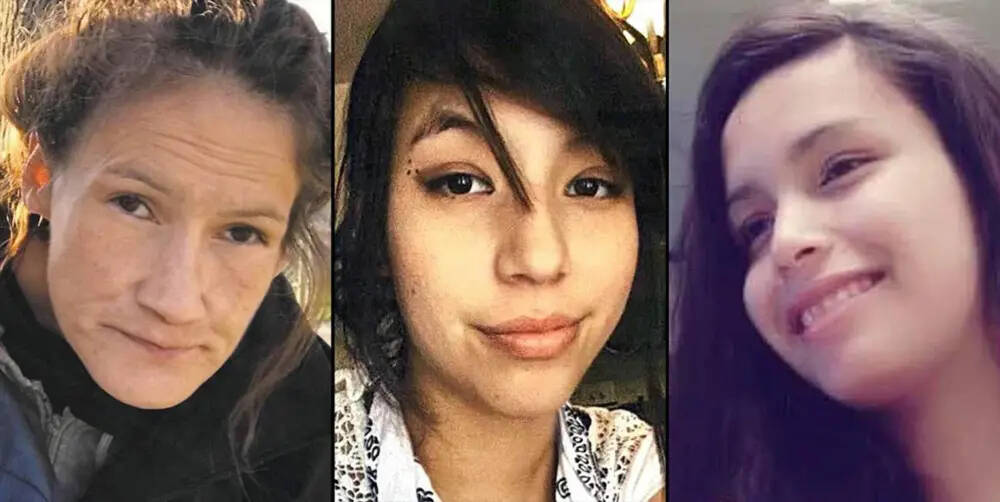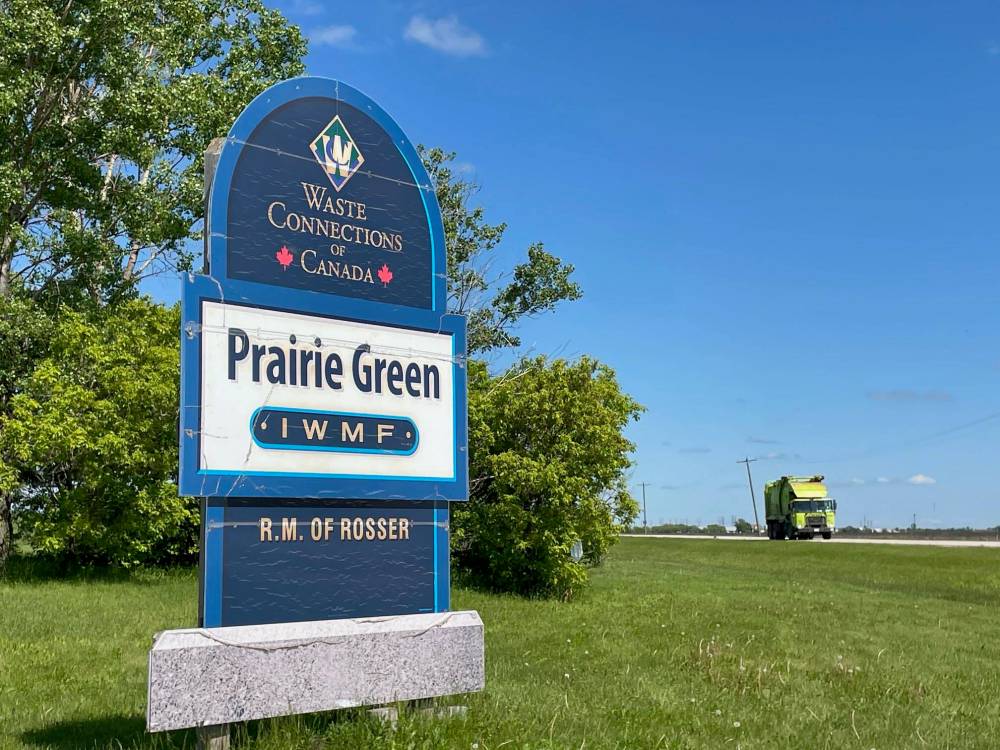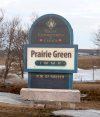Landfill search to start in fall ‘We cannot guarantee success, but we can guarantee we’re going to try’
Read this article for free:
or
Already have an account? Log in here »
To continue reading, please subscribe:
Monthly Digital Subscription
$0 for the first 4 weeks*
- Enjoy unlimited reading on winnipegfreepress.com
- Read the E-Edition, our digital replica newspaper
- Access News Break, our award-winning app
- Play interactive puzzles
*No charge for 4 weeks then price increases to the regular rate of $19.00 plus GST every four weeks. Offer available to new and qualified returning subscribers only. Cancel any time.
Monthly Digital Subscription
$4.75/week*
- Enjoy unlimited reading on winnipegfreepress.com
- Read the E-Edition, our digital replica newspaper
- Access News Break, our award-winning app
- Play interactive puzzles
*Billed as $19 plus GST every four weeks. Cancel any time.
To continue reading, please subscribe:
Add Free Press access to your Brandon Sun subscription for only an additional
$1 for the first 4 weeks*
*Your next subscription payment will increase by $1.00 and you will be charged $16.99 plus GST for four weeks. After four weeks, your payment will increase to $23.99 plus GST every four weeks.
Read unlimited articles for free today:
or
Already have an account? Log in here »
Hey there, time traveller!
This article was published 20/06/2024 (499 days ago), so information in it may no longer be current.
The excavation of a Winnipeg-area landfill and manual search through material for the remains of two victims of an admitted serial killer will begin this fall, the province announced Thursday.
The search of a “targeted zone,” where the remains of Morgan Harris and Marcedes Myran are believed to be located, will start after the area is identified and layers of material above it are removed, civil servant and project lead Amna Mackin said alongside Premier Wab Kinew.
“We hope that it is successful,” Kinew said at a news conference, where he promised a robust, comprehensive and thorough search plan.
“We cannot guarantee success, but we can guarantee that we’re going to try.”
MIKE DEAL / FREE PRESS Premier Wab Kinew and Amna Mackin, assistant deputy minister, Cabinet Delivery and Strategic Priorities, tell a news conference searching the Prairie Green Landfill (circled on map) will begin in the fall.
Kinew described the search as a “compassionate mission.” He said it is about doing the “right thing” and sending a message that everyone matters and has dignity.
“When someone goes missing, we go looking because we care,” he said. “We care about one another in this province.”
Material from the “targeted zone,” which is within a compacted two-hectare section of the Prairie Green Landfill, will be excavated by heavy equipment and moved by truck to an all-weather temporary building on the grounds.
The section contains 72,000 cubic metres of waste, which was dumped over a period of about two months, to a maximum depth of 10 metres.
Kinew said the remains are believed to be “closer to the middle.” Asbestos and toxic chemicals are among the risks.
“When someone goes missing, we go looking because we care. We care about one another in this province.”–Wab Kinew
When moved to the temporary building, the material — possibly very wet when excavated — will be arranged in long lines using equipment, such as skid-steers.
Workers will use rakes or other tools to spread material and open bags, and then carry out visual inspections for human remains.
“They will be looking for anything of interest,” said Mackin, noting the search area could be narrowed if clues, such as receipts with specific dates, are found.
The layers above the “targeted zone” will be preserved in case it needs to be searched.
The federal and provincial governments have committed a combined $40 million for the effort, which is being guided by a five-stage approach.
Kinew and Mackin said a manual search, rather than one using a conveyor belt, is a typical method for landfill searches, and more suitable for the type of material at Prairie Green.
Self-proclaimed white supremacist Jeremy Skibicki has admitted to killing four Indigenous women — Rebecca Contois, 24, Harris, 39, Myran, 26, and an unidentified victim known as Mashkode Bizhiki’ikwe (Buffalo Woman) — in Winnipeg in early 2022.
Jeremy Skibicki admitted to killing four Indigenous women (left to right): Morgan Beatrice Harris, Marcedes Myran, Rebecca Contois, and an unidentified victim known as Mashkode Bizhiki’ikwe (Buffalo Woman). 
Harris and Myran’s remains were put in a garbage bin behind a business on Henderson Highway. The bin’s contents were collected by a truck and emptied at Prairie Green on May 16, 2022.
City police recovered Contois’ remains from a bin in an Edison Avenue back lane and a section of the city-run Brady Road landfill.
Police have said there is no definitive location of Buffalo Woman’s remains.
A first-degree murder trial, in which Skibicki, 37, argued he was not criminally responsible by reason of mental disorder, ended last week. Court of King’s Bench Chief Justice Glenn Joyal will deliver his ruling July 11.
The Crown claims Skibicki acted out of hatred and a drive to “fulfil his deviant sexual urges” when he killed the women. Court heard he preyed on vulnerable First Nations women at homeless shelters.
The government waited until closing arguments wrapped up before disclosing details and timelines of a search that it is leading. Family members are on an oversight committee.
Kinew and Mackin said the effort will include a 1,800-square-foot lodge that will act as a healing space and provide a range of culturally appropriate or traditional ceremonial supports to the families and others who will be present or involved.
Mackin said the first of the five stages is complete. Stage 1 recently involved obtaining environmental or developmental permits.
Stage 2, some of which is underway, includes an engineering assessment to identify the “targeted zone” — where waste from May 16, 2022 was deposited — planning to help mitigate health and safety risks and construction of temporary structures.
Mackin said the project will consider some of the details that came out during the trial to get a better understanding of what workers will be looking for.
The second phase will also involve a test search of a different section of Prairie Green starting this month, said Mackin.
Forensic anthropologist Emily Holland, a Brandon University professor who worked on the search of serial killer Robert Pickton’s farm in B.C., will help with the hiring and training of workers.
Stage 3 will involve the removal of material above the “targeted zone” and further testing in the fall.
Stage 4 is the excavation and search of the zone of interest, which will begin later in the fall.
The search could move to Stage 5 if no or only partial remains are found in the “targeted zone.” The effort could continue deeper into the section or look at the upper layer that was excavated first and preserved.
RUTH BONNEVILLE / FREE PRESS FILES Material from the targeted search area will be moved by truck to a temporary building on the grounds of Prairie Green Landfill.
Mackin said the plan was developed with technical experts and Waste Connections of Canada, which owns the site just north of the city in the Rural Municipality of Rosser. Details were shared with the families last week.
City police laid an initial first-degree murder charge against Skibicki in May 2022, after some of Contois’ remains were found.
About a month later, investigators learned Harris and Myran’s remains were likely at Prairie Green. The area of interest was sealed off at that time, and no waste has been deposited on top of the zone since.
Police decided not to search the site themselves, concluding it would be too dangerous and difficult due to the presence of toxic material and the large volume of waste that had been dumped and compressed.
Kinew, who has visited Prairie Green with the families, acknowledged their “tremendous” advocacy for a search, and the efforts of an Indigenous-led committee that conducted feasibility studies funded by the federal Liberal government.
The committee’s experts concluded a search was feasible and safety risks could be mitigated, although there was no guarantee of finding the women’s remains.
In July 2023, then-Progressive Conservative premier Heather Stefanson said her government would not support a search, because it would not put workers at risk without a guarantee of success. The Tories promoted the decision on billboards and newspaper ads during last summer’s election campaign, drawing condemnation from the Harris and Myran families.
A PC spokesperson declined to comment on the search update Thursday afternoon.
— with files from Nicole Buffie
chris.kitching@freepress.mb.ca

Chris Kitching is a general assignment reporter at the Free Press. He began his newspaper career in 2001, with stops in Winnipeg, Toronto and London, England, along the way. After returning to Winnipeg, he joined the Free Press in 2021, and now covers a little bit of everything for the newspaper. Read more about Chris.
Every piece of reporting Chris produces is reviewed by an editing team before it is posted online or published in print — part of the Free Press‘s tradition, since 1872, of producing reliable independent journalism. Read more about Free Press’s history and mandate, and learn how our newsroom operates.
Our newsroom depends on a growing audience of readers to power our journalism. If you are not a paid reader, please consider becoming a subscriber.
Our newsroom depends on its audience of readers to power our journalism. Thank you for your support.
History
Updated on Thursday, June 20, 2024 6:12 PM CDT: Updated with details from the news conference.
Updated on Thursday, June 20, 2024 6:12 PM CDT: Updates with final version













